There are two grim realities looming over mankind in this, the year of our lord 2019: the hubris of our species leads us ever closer to our inevitable extinction, and the list of games leeching off DARK SOULS just keeps. Getting. Longer. I’m sure anyone that’s passively eyed gaming culture the past decade knows how big an impact the Souls series has had on the industry. And whether you think it’s beyond perfect or overhyped garbage, it’s undeniable how FromSoft’s star-child has popularized what was once niche into the zeitgeist: from memetically hard difficulty, to dystopian/dark-fantasy aesthetic, to intricate-yet-indirect storytelling.
As much as DARK SOULS has shaped aesthetics in RPGs, though, a more pertinent take is looking toward the practical subgenre the series has spawned over the years. If any of my rambling from previous Souls-related material is anything to go by, there’s no shortage of games that attempt to mimic the franchise’s identity (i.e., “Souls-likes”), or whose enjoyability mostly depends on how well they compare to their inspiration. Yet what stands out to me are the rare few games that take the base formula and just go buckwild with it, repurposing it into an entirely new niche. It is in this latter camp where we find the surprise hit, REMNANT: FROM THE ASHES:, a game that just kind of appeared without warning from the aether, that splices Souls-ian aesthetic and difficulty onto third-person-shooting and a roguelike skeleton. Is this combination perfect? No. Is it fun? Well, that depends on what kind of game you’re looking for.
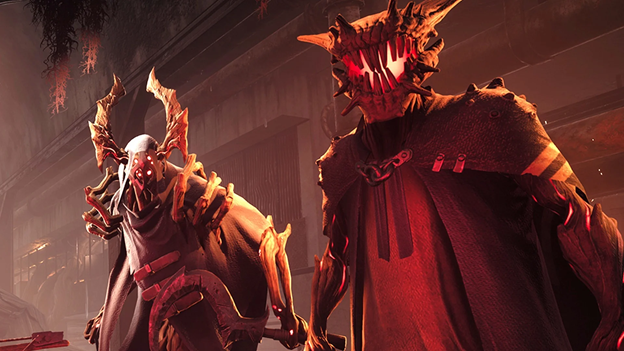
I Am Root
As far as Souls-likes are concerned, REMNANT: FROM THE ASHES is about as basic as it gets when it comes to narrative. You take the role of one of the few surviving vestiges of humanity left on Earth after a race of alien tree-beings called “The Root” bring chaos to the planet; after a near-death encounter with the villainous vegetation and being recruited by denizens of the mysterious Ward 13, you set out across dilapidated cityscapes, deserts, and beyond to fight tooth-and-nail for your species’ survival, while aiding what little of them remains in destroying the arboreal invaders once and for all. Interdimensional shooty-time ensues.
And… that’s about as deep as REMNANT gets, really. Sure, there’s the occasional narrative set piece tossed in, or some vague item description that kinda hints at some deeper lore to this post-apoc parable, but both ultimately are fairly limited in their application. It’s made abundantly clear that “story” was not the main focus behind REMNANT; more than anything, what little narrative exists (direct or otherwise) serves primarily as set-dressing, rather than play a substantial role to the game’s appeal. Which is totally fine; not every Souls-like has to cater to over-analytical dorks (Exhibit A: me), especially when the bulk of your time is going to be spent mowing down grotesque tree-spawn. And, as we’ll touch on later, the style of game REMNANT emulates kind of hinders its ability to use the standard Soulsian story method anyway.
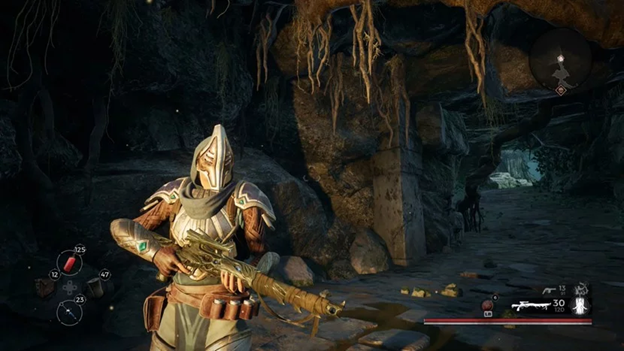
Who needs story when you got STYLE ?
Suffice to say, the driving force for picking up REMNANT falls onto its gameplay, which goes in two significantly different directions for the Souls genre. First and foremost: it’s a third-person shooter. Given that this is a genre that’s largely been defined by timing-based sword fighting, I give kudos to developer Gunfire Games for being the first group of people to seriously do gunplay in a Souls-like (who would’ve guessed?), giving REMNANT a very dark fantasy GEARS OF WAR feel that serves it surprisingly well.
There’s a great variety of different loadouts and abilities to suit any playstyle once you pass the first few levels, allowing players to experiment as glass-cannon snipers with explosive rounds and mid-range heal-support to people who just say “fuck guns, I wanna smash things with a sledgehammer.” Likewise, the faster-paced, run-and-gun style of combat adds a degree of separation from the typical slow and methodical approach the base formula is known for, constantly dodging attacks that will brutally wreck shop as soon as they connect, while retaining the genre’s push for challenging the player through careful deliberation. It’s a solid first attempt at the genre combination, and I hope to see more Souls-likes exploring the avenue in the future.
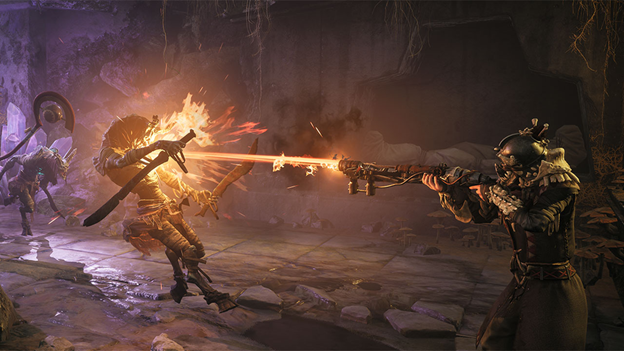
“There’s just something satisfying about shooting these in the face” – Gunfire Games, probably
Second, and honestly the part that will make or break REMNANT for most people, is that the game operates predominantly as a roguelike. Essentially, REMNANT’s world-state, including its map layout, item placement, enemy generation, and especially its boss encounters, are procedurally generated as you go through the game. Granted, there are a few general constants throughout REMNANT: Ward 13’s structure as a hub world, vendor locations, and the rare bits of story set pieces interspersed throughout. But for the most part, every new playthrough, discovered zone, or co-op session you join will be unique. And this is kind of a double-edged sword.
On the positive side, REMNANT benefits in the way most roguelikes do, by increasing its appeal for replayability. Because each individual playthrough is effectively its own little seperate universe, chances are very likely that you’ll end up with completely different equipment, abilities, and challenges to face in every iteration of a campaign, potentially many that you didn’t even know existed the first time through. In the same vein, it incentivizes co-op play, pushing players to jump in to another player’s sessions to explore each permutation of a world, see what shifts, and opens up the possibility of coming across unique abilities or encounters by doing so.
The flip side of this is that you will never be able to achieve or obtain everything on a given playthrough, which can really burn specific playstyles if you choose to invest in one from the get-go. Additionally, the amount of RNG involved in crafting these mostly separate worlds can be very frustrating, and can completely ruin the game in some variations; the same generation that serves to make up the mazes of each of REMNANT’s worlds also impedes the creation of a world with personality. There’s little room for detailing on the micro-level, or attaching a story to make each part of a map feel unique, when the focus is on doing it to the macro-level. Every stage ends up being “unique” in terms of layout, but after a few runs of a similar area, regardless of world state, all the imagery starts to glom together and loses its novelty.
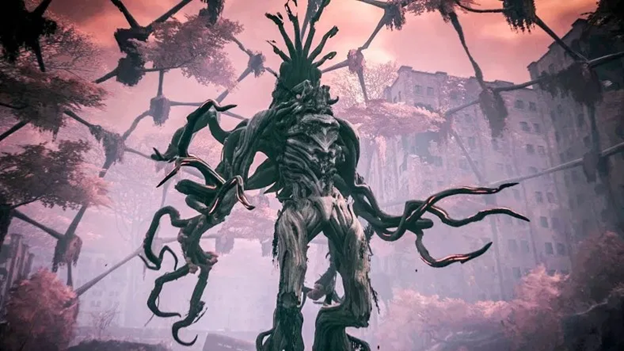
“Tree-thulhu subsists solely off gamer tears.”
More damning is that sometimes, the RNG makes progression nigh-fucking-impossible, especially when playing solo. Facing off against randomized monsters is fun, but if you end up getting a run like me where the first boss basically had a constant health regen and infinite hyper-agressive mobs, you’d be hard-pressed to just power through instead of saying “fuck it” and hoping for a better reroll.
All things considered, though, REMNANT: FROM THE ASHES honestly deserves a lot of credit: it attempts what so few of its ilk in the Souls-like community have done and tests the waters for new kinds of gameplay, taking two disparate elements and splicing them to give it a wholly unique identity all its own. REMNANT may not be exactly the most eloquent or cerebrally-intriguing offering out there for fans of these types of games, but its focus on replayability and branching out the grim-dark brand makes me optimistic for the future. Hopefully the RNG gods won’t ruin this session in the long-term.


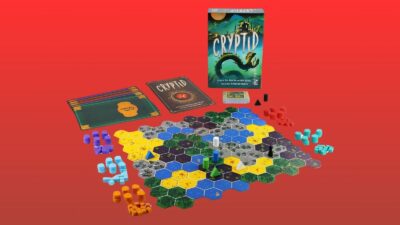
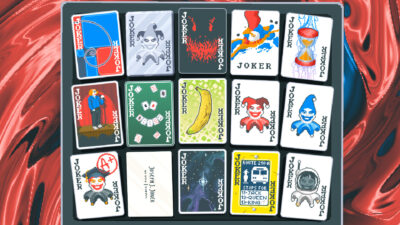
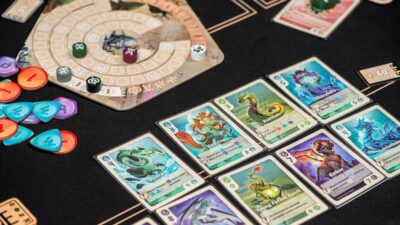
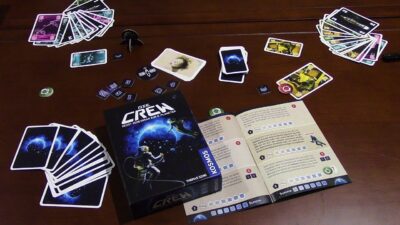








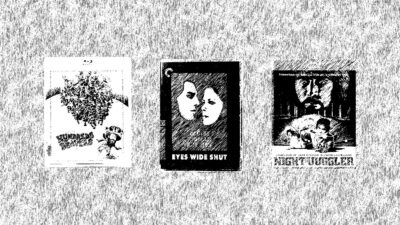

[…] For starters, the community’s much broader than it was three years ago, both in scale and in what permutations the tried-and-true format has branched off into. Second, and perhaps more importantly, Grandpappy […]